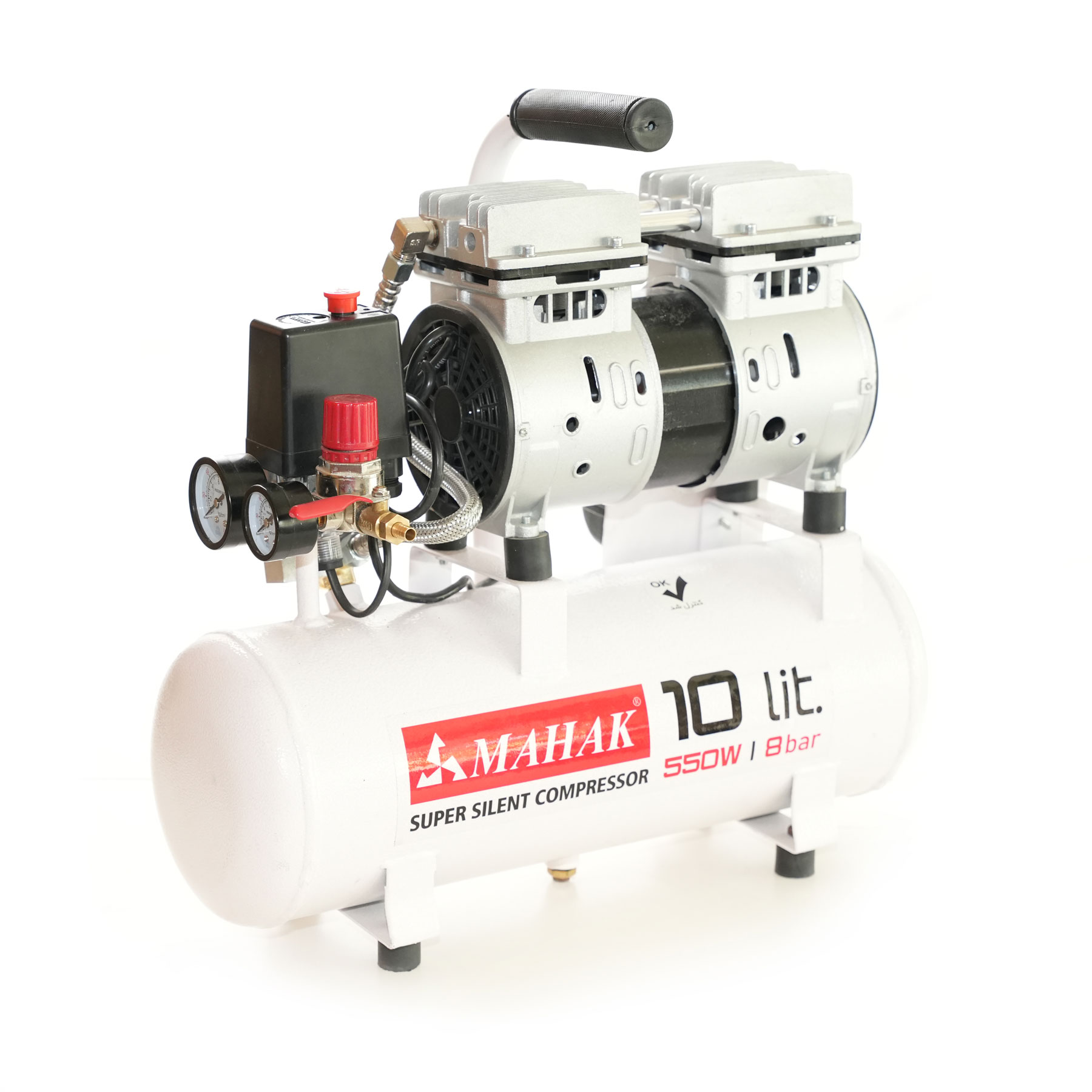Regular Maintenance Tips
Regular maintenance is essential for ensuring the longevity and performance of your compressor. Here are some tips for keeping your compressor in top condition:
- Replace Filters Regularly: Follow the manufacturer's recommended filter replacement intervals.
- Drain the Tank Regularly: Drain any moisture from the compressor tank daily to prevent corrosion.
- Check for Leaks: Regularly inspect the compressor for any air leaks.
- Lubricate Moving Parts: Lubricate any moving parts according to the manufacturer's instructions.
- Keep the Compressor Clean: Keep the compressor clean and free from dirt and debris.

























